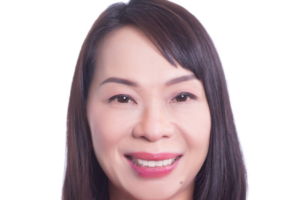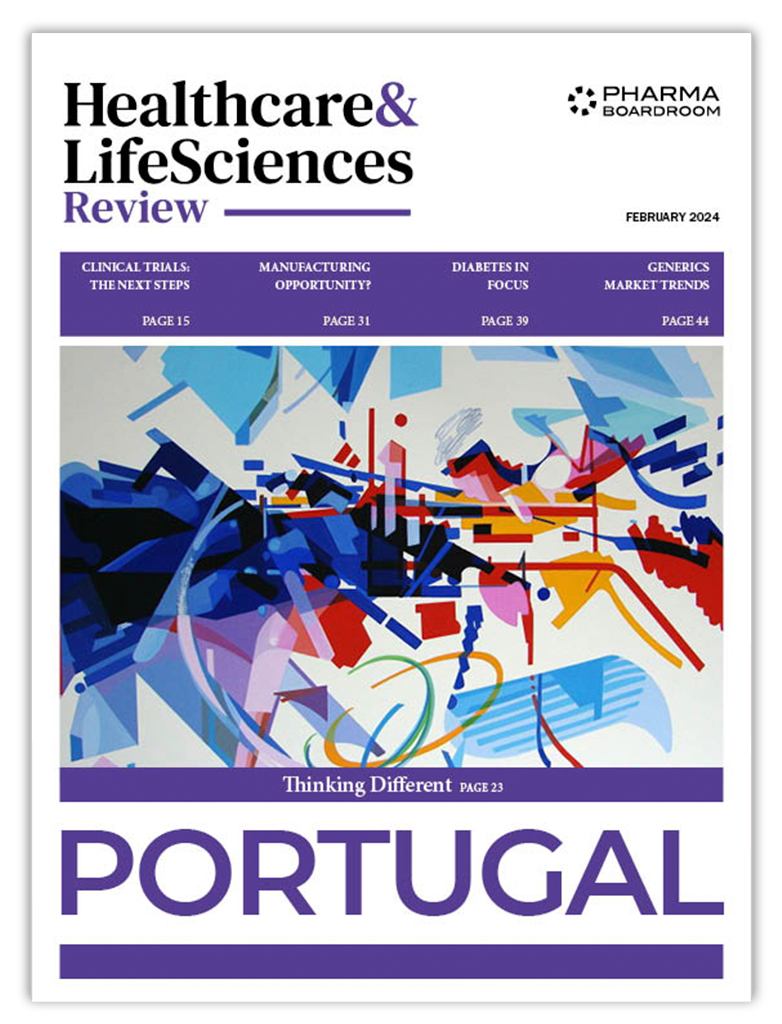Annie Tan highlights the strategy she laid out to navigate the BMS Singapore, Thailand and Malaysia affiliates through the COVID-19 pandemic; the opportunities and challenges of integrating the Celgene portfolio into local BMS operations; and her aim to build the company into an oncology and haematology powerhouse in Southeast Asia
Can you tell us how your role has changed since the last time you spoke to PharmaBoardroom back in 2015?
In 2015 I was the country manager for Thailand and local distributor markets. In 2017 my scope expanded to also include Singapore and, after BMS’ merger with Celgene at the end of 2019 I was relocated to Singapore at the start of 2020. Today I oversee the Singapore, Thailand, and Malaysia affiliates, which are part of the company’s Asia cluster.
What mandate were you given coming into this expanded role in the middle of a global pandemic?
COVID-19 has been challenging. It hit us when we were just starting to integrate BMS and Celgene here in terms of business, people, and processes. As we operate in the oncology and haematology spaces, we develop and deliver lifesaving medicines, so making sure that they continued to be available to patients was our top priority. This was difficult, given the various border closures and Singapore’s status as a medical tourism hub for the region. BMS is also conducting clinical trials in Singapore so, along with my regulatory colleagues, we had to work very hard and innovatively to ensure clinical trial participants could still access their medicines.
What strategy was put in place to negotiate this challenging period and what changes will it lead to in the future?
The pandemic has forced every industry to rethink its operating model. For us in pharma, COVID-19 really sped up the adoption of digitalisation. Engaging live with physicians and thought leaders is still a core part of our strategy but over the last year, we have not been able to go out and do it in person. Therefore, digital tools became a much greater part of our strategy. These tools have been in place for a long time but, especially in Singapore which is geographically small, we have traditionally relied on going out and meeting customers face to face.
Globally, BMS has a presence in oncology, haematology, immunology, and cardiovascular diseases. How well-represented is this portfolio in Singapore and what does Singapore mean to BMS today?
Although cardiovascular disease is a big portfolio for BMS in the US and Europe, it is not a part of our Southeast Asia portfolio yet. Additionally, we do not have a large footprint in immunology here for now. Where our focus lies in oncology and haematology.
Beyond its importance as a market, Singapore is deemed as the innovative hub for BMS in the Southeast Asia region. It is of vital importance from human resources perspective as a place where global talent wants to come and work. The Singaporean government has also been extremely proactive in attracting innovation and R&D, with launches in cellular therapies the latest important development.
Singapore is also important to us from a regulatory perspective. The US FDA’s Project Orbis allows products to be assessed in parallel with some health authorities in the world and Singapore Health Authority (HSA) is one of them. During 2020 and even under COVID, we participated in one such project and managed to get a major indication approved just one day after the US FDA.
What is your strategy for bringing BMS’ gene therapies to Singapore?
This is a work in progress and our team is taking a very deep look at how these therapies can be introduced in Asia-Pacific, especially in Singapore.
This gene therapy portfolio has come about because of the Celgene merger. What were the respective footprints of the two companies in the region pre-merger and how have you led your team through this period of uncertainty?
BMS has maintained a significant presence in this part of the world for several years, with infrastructure and teams in place. The significance of the merger lies in bringing together the leading science, innovative medicines and incredible talent of Bristol-Myers Squibb and Celgene, we are now looking to leverage the relatively bigger BMS presence for the very exciting new Celgene pipeline.
Having been through four or five major M&As in my career, I can safely say that every integration is unique. Integrating people and processes is always a challenge and COVID did not help. People are humans and need face to face interaction, which of course has been made impossible. We overcame this barrier through constant communication and consistency, connecting people via online tools, ensuring that they are comfortable with the technology, and encouraging them to speak out via video. Making the best of a bad situation has been the name of the game.
The three countries which you manage are very different from one another, are there challenges in giving the teams in Thailand and Malaysia the chance to speak out?
This is where I think the richness of diversity helps. We respect each other’s cultures and understand that there is no right or wrong culture. Because of our diverse workforce, we can take the best from each culture – for example, Thai collaborative teamwork and Singaporean directness –and marry them together to create a harmonious whole.
As the industry is now moving quickly to embrace real-world evidence and data, what skills and functionalities are you looking to build in your team?
Market access expertise is important, and external affairs including patient advocacy capabilities will be even more crucial in the coming years. COVID has led to governments to face challenging budget situations having to sometimes prioritise funding for innovative medicines. Therefore, we will have to work even more closely with governments and related external stakeholders to identify which areas to focus on and partner collaboratively to bring the right medicines to the patients who need them
It’s about ensuring that every patient, regardless of their disease, receives treatment. This trend will not be limited to developing economies; Singapore will be affected as well. No government has unlimited funds and all will want to spend prudently and aim for the best patient outcomes
How would you characterise Singapore’s potential and performance as a testbed for new innovations which can then be introduced to the wider region? Is there increasing regulatory convergence?
This is something that the pharma industry would like to see, but it depends on individual countries’ own regulatory philosophy. For example, we would welcome a greater appetite for innovation in Thailand.
Might a pan-Asian pharma lobby group, as exists in Europe, be a crucial actor in this push towards regulatory convergence?
In Europe, mainly in the European Union, we see greater levels of similarity amongst markets which allows for greater convergence of processes.
In Asia, the diversity of populations, healthcare systems and official procedures are very significant and needs to be navigated. Companies should leverage this diversity to find opportunities in a wide variety of niches.
What role do local leaders like yourself have in communicating to BMS senior management in the US the specifics of non-US markets and ensuring that global strategies are well customised to take advantage of local potential? What pitch do you give them?
This is an ongoing discussion, but we always draw on the size of the populations here. The Southeast Asian population is nearly one billion, Indonesia represents half a billion and therefore a huge opportunity. Additionally – assuming COVID recedes – we are starting to see political stability in a lot of the markets here. In Indonesia, for example, the economy is growing and fewer people are leaving, meaning that there is a greater appetite for innovative medicines. The same is true for Vietnam, which is seeing double-digit economic growth. As a truly global company, our mission is to bring our medicines to the patients who need them across the world, Asia included.
What goals and strategy have you set for yourself and the affiliate over the next two to three years?
BMS is well-known in Singapore and Thailand, but less so in Malaysia. Therefore, this year our goal is to establish our presence and brand in Malaysia via active promotion. Beyond that, it is all about bring more innovative medicines to patients and continuing our great integration journey. As a broader goal, I want to build BMS into the oncology and haematology powerhouse in Southeast Asia. Many MNCs are strong in either oncology or haematology, but our vision is to be extremely strong in both.







